
Schlosshotel Wartegg – green oasis on Lake Constance
“Oops, there’s another path turning,” I exclaim in astonishment and wonder whether the right or left path will take me to my destination. Meanwhile, the boyfriend is also a bit disgruntled. He trudges through the damp forest floor in his Sunday shoes. Makes sense, because we actually wanted to go to a castle. But the castle is still out of sight, around us only the cheerful chirping of birds and the quiet rustling of the leaves of the giant trees can be heard.
Actually, we had already spotted the castle. Our first stop on our journey through time through Switzerland took us to Staad near Rorschach. Since the train station is located at the harbor, we enjoyed the evening atmosphere at Lake Constance right after arrival. Down there, we discover Wartegg Castle from afar. Kaspar von Wartensee, bailiff in Arbon, built Wartegg Castle in 1557. For 450 years, it was used by nobles as a place of residence and refuge. Most recently by Austria’s last Empress Zita. Her husband, Karl, was greeted with “Grüezi, Herr Kaiser” by the neighbors.
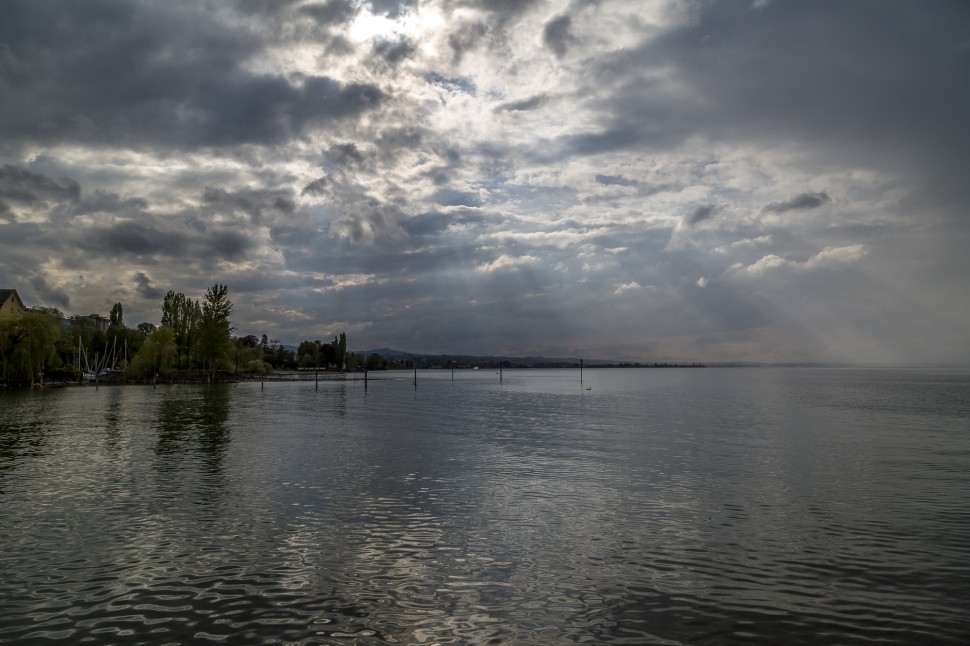
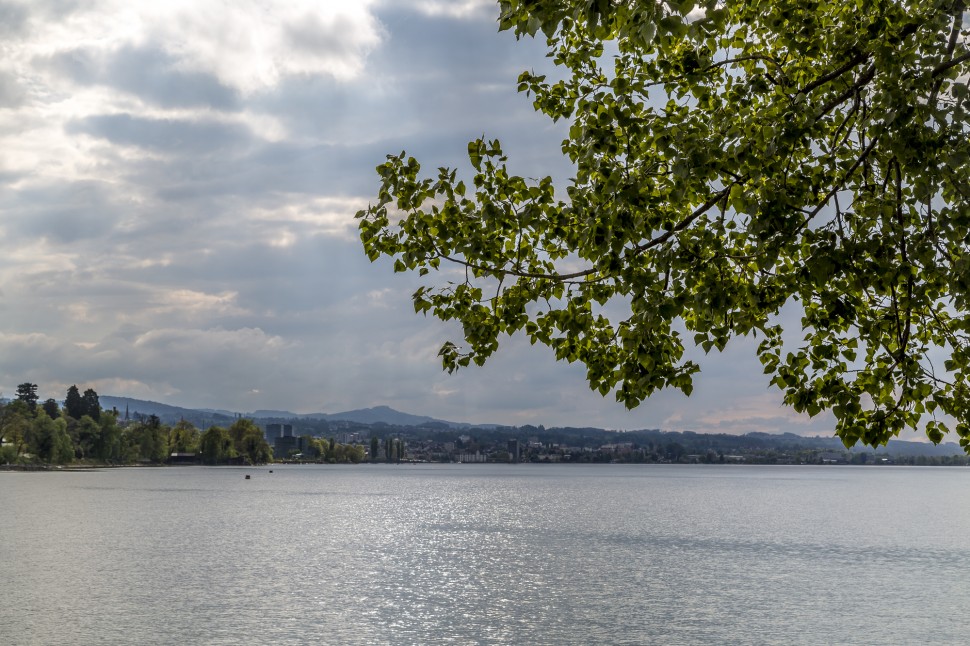
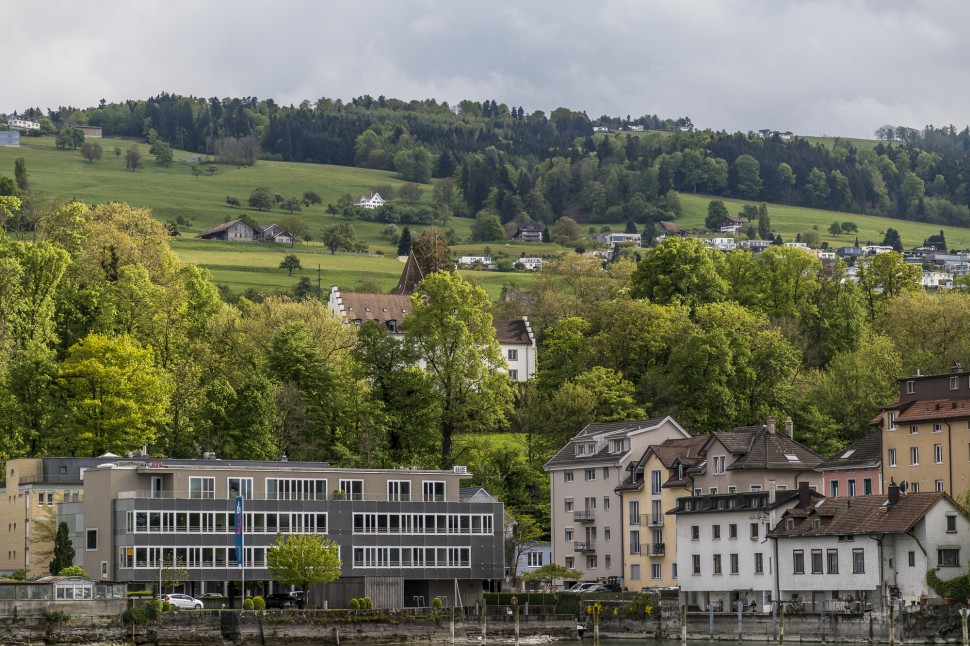
Green Oasis
The castle is surrounded by an English park, which was laid out around 1860 and is today one of the largest castle parks in Switzerland with over 13 hectares and a cultural asset of national importance. If you didn’t know, you’d think you’re in the woods. And that’s exactly how we feel now. From a distance, the path to the castle hill looks like a stone’s throw. As soon as we passed through the gate to the park, we not only left everyday life behind us, but also lost our orientation. The landscape architect has created a small masterpiece here and laid out the paths in such a way that they appear as if out of nowhere, divide, branch out anew and thus suggest a spaciousness that actually does not exist in this form.
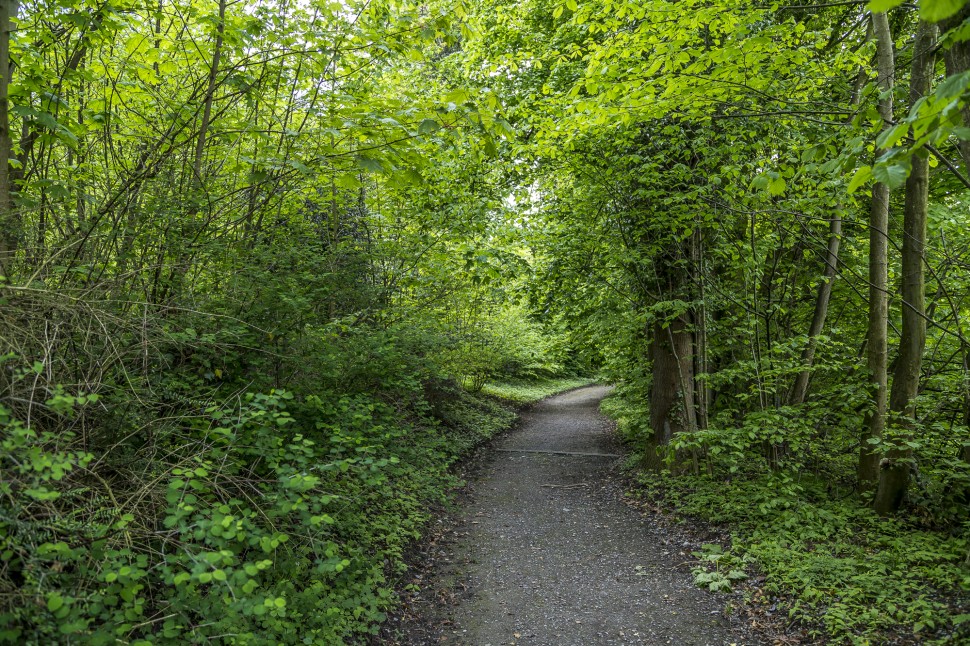
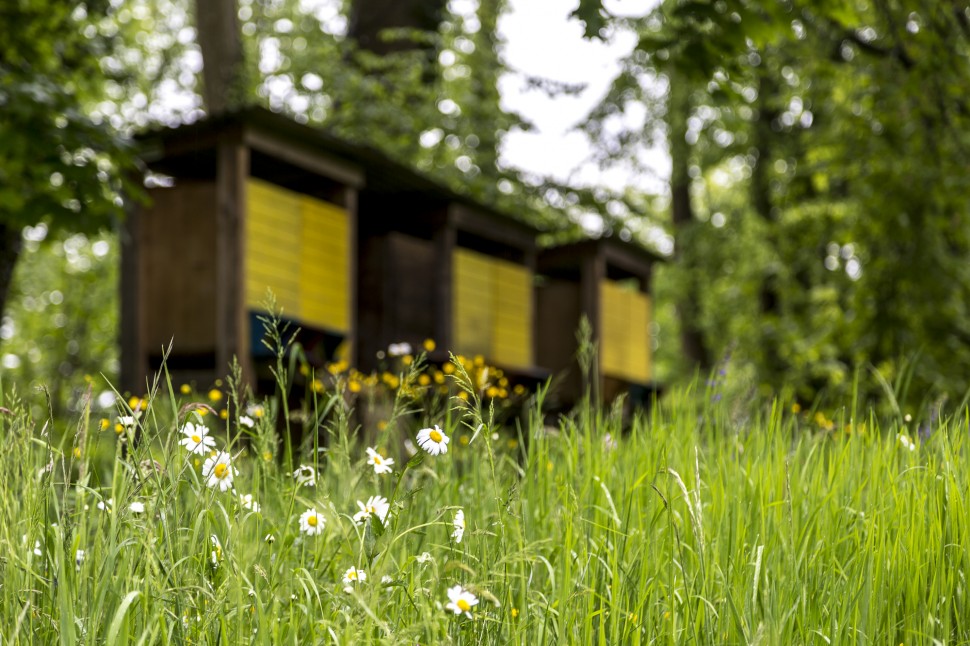
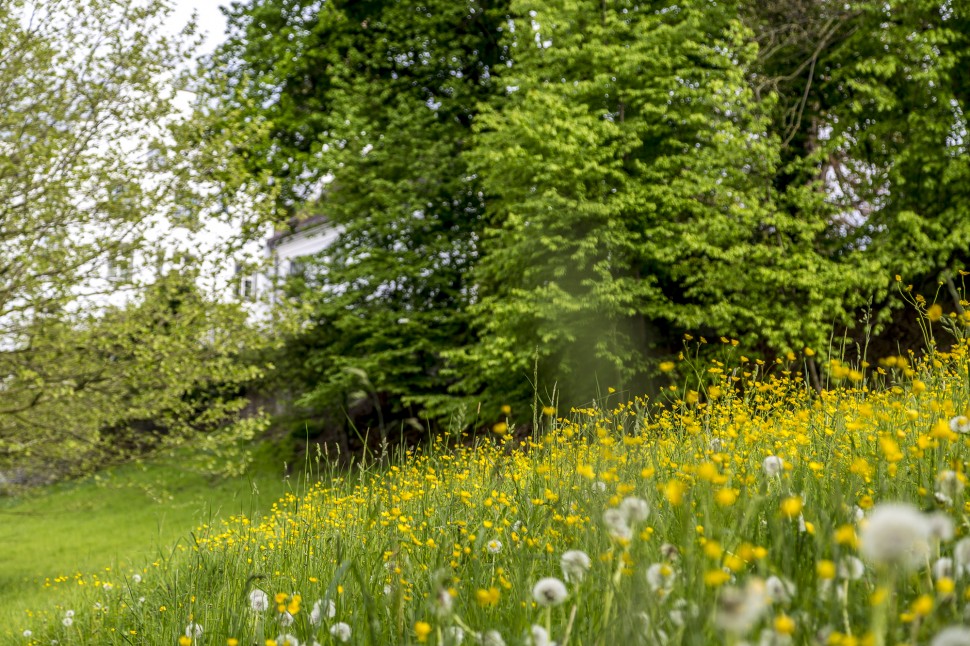
Awakened from Sleeping Beauty’s slumber
Two junctions later, we suddenly have Wartegg Castle back in view. Today, guests no longer need a title of nobility to stay here. The castle was given a new lease of life by the Mijnssen family and reopened in 1998 as a hotel, restaurant and event venue. The castle exudes a restrained elegance. You won’t find any splendour here. Historical and new elements flow smoothly into each other. Behind the façade, a homely and individual atmosphere has been created, which, contrary to what you might expect, does not give any dusty or even museum-like impression at all. This is where people live, in the here and now.
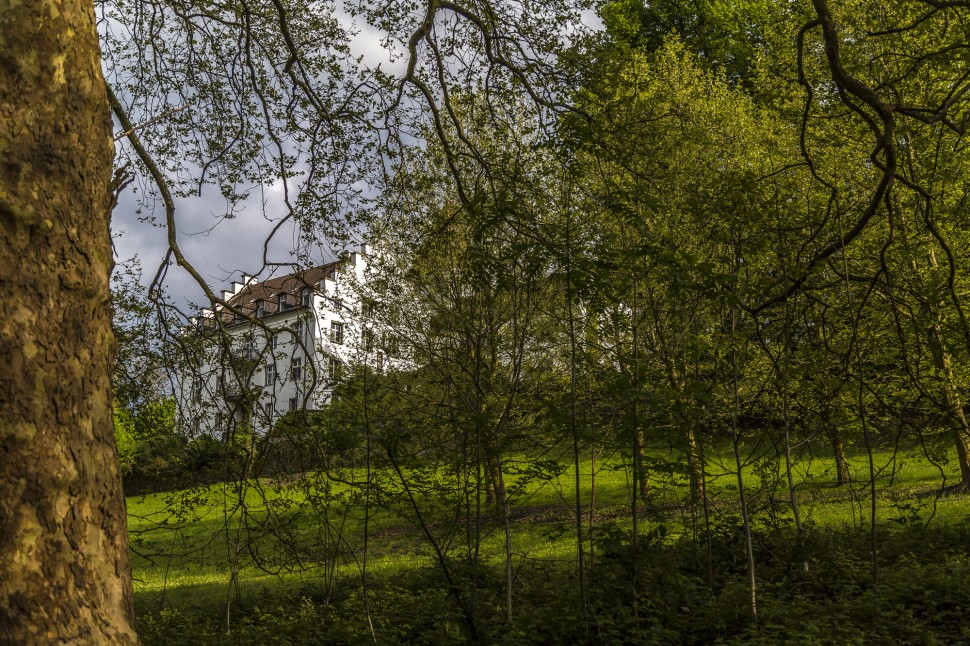
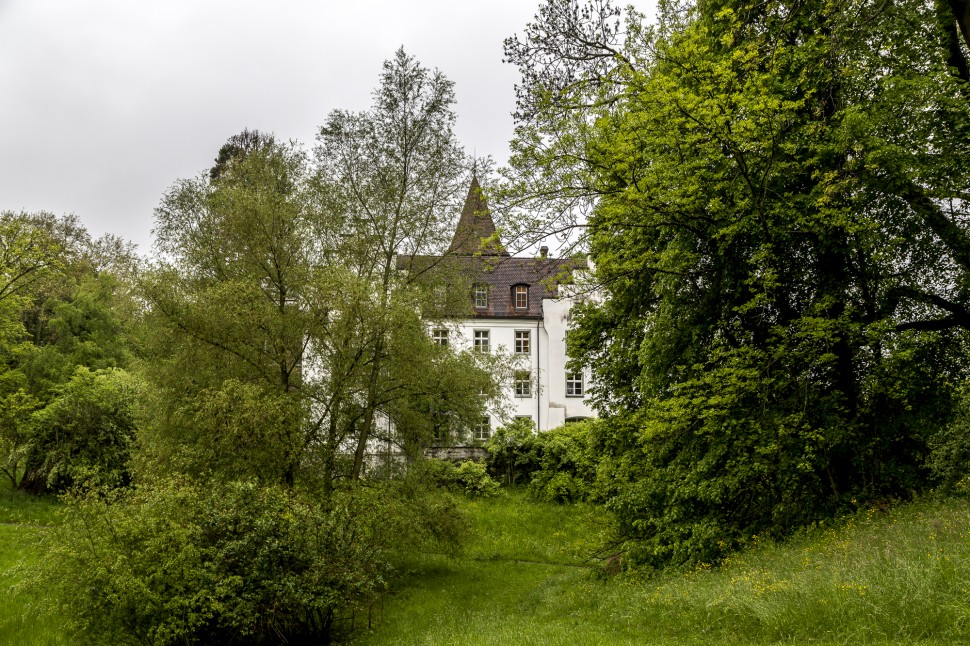
Our room has almost monastic features in its simplicity. Not a big deal, so you won’t be distracted by unnecessary details from the great view over Lake Constance.
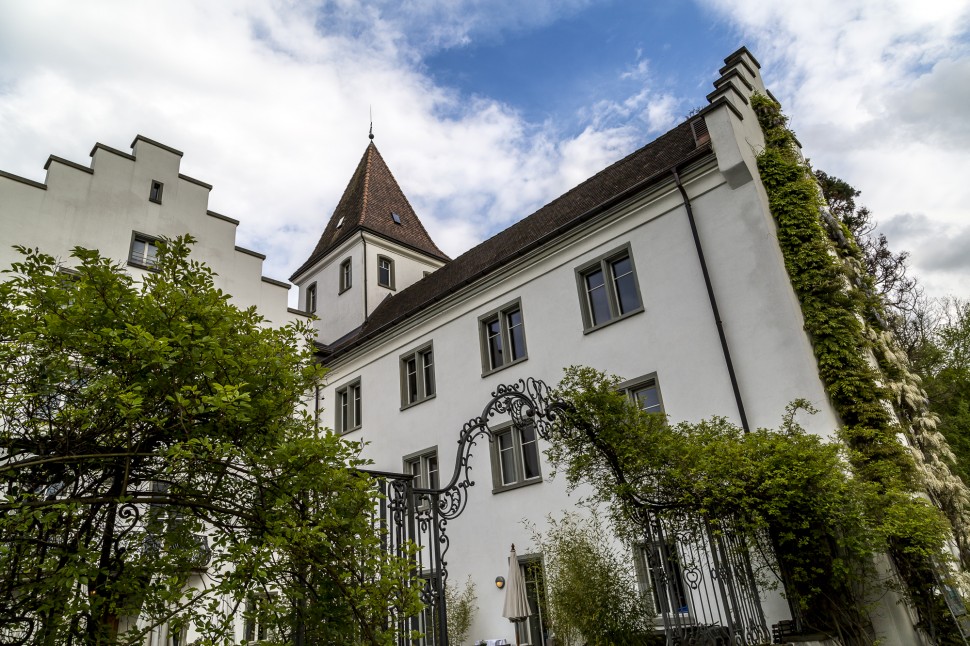
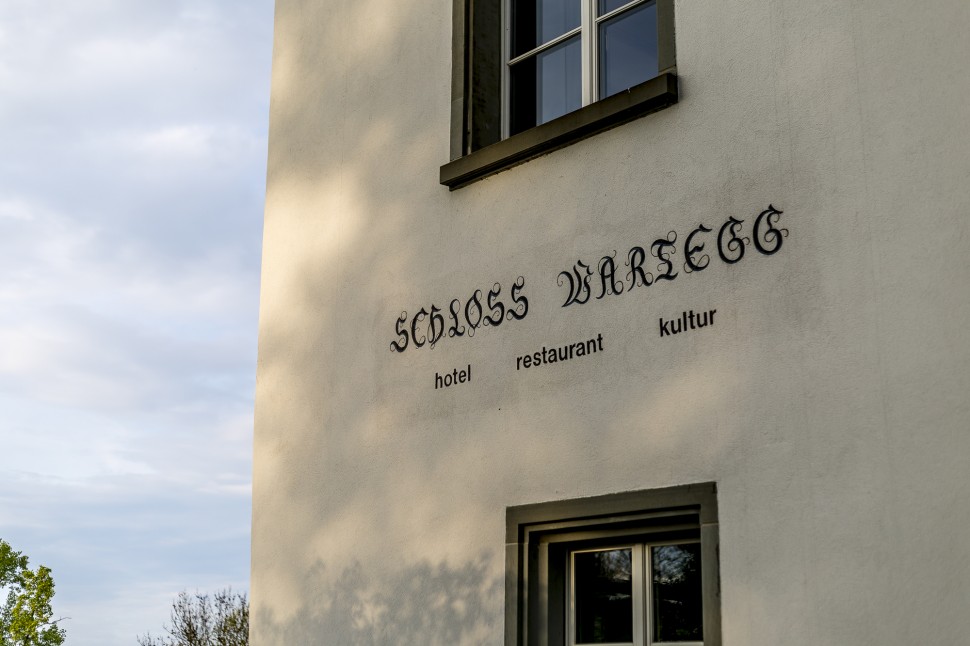
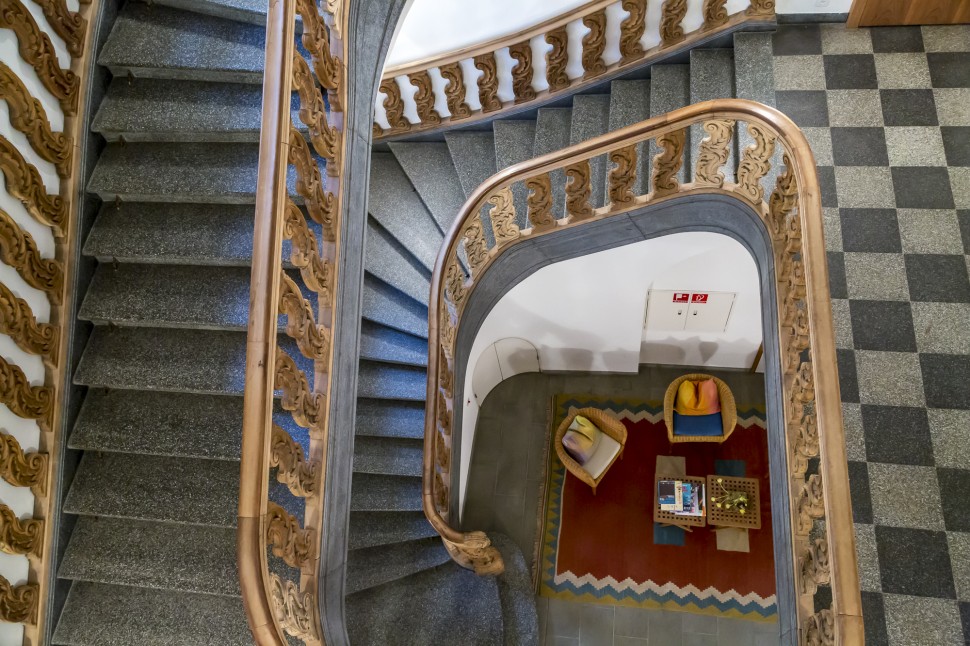
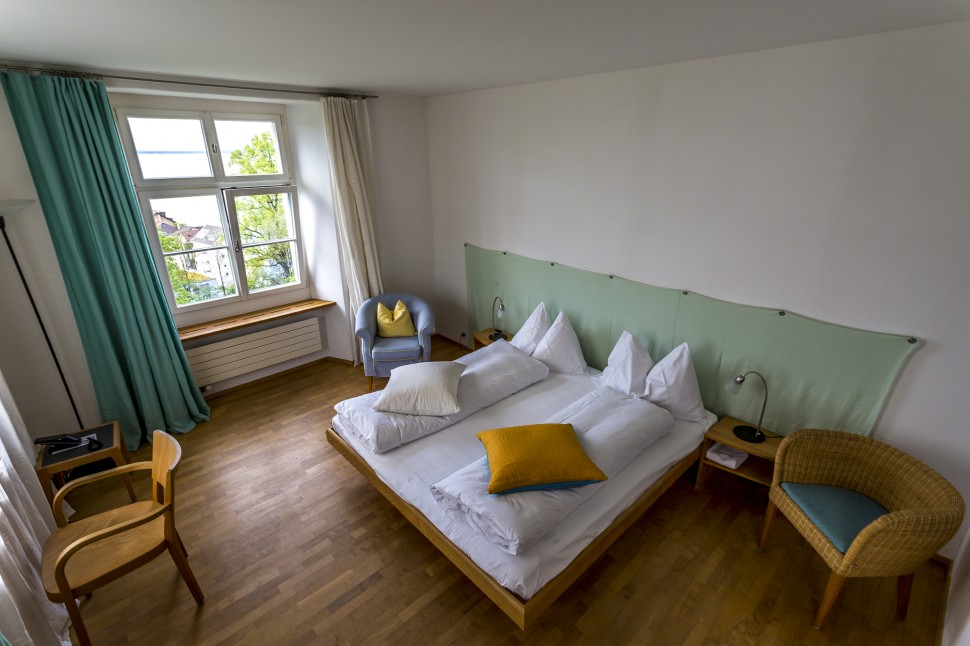
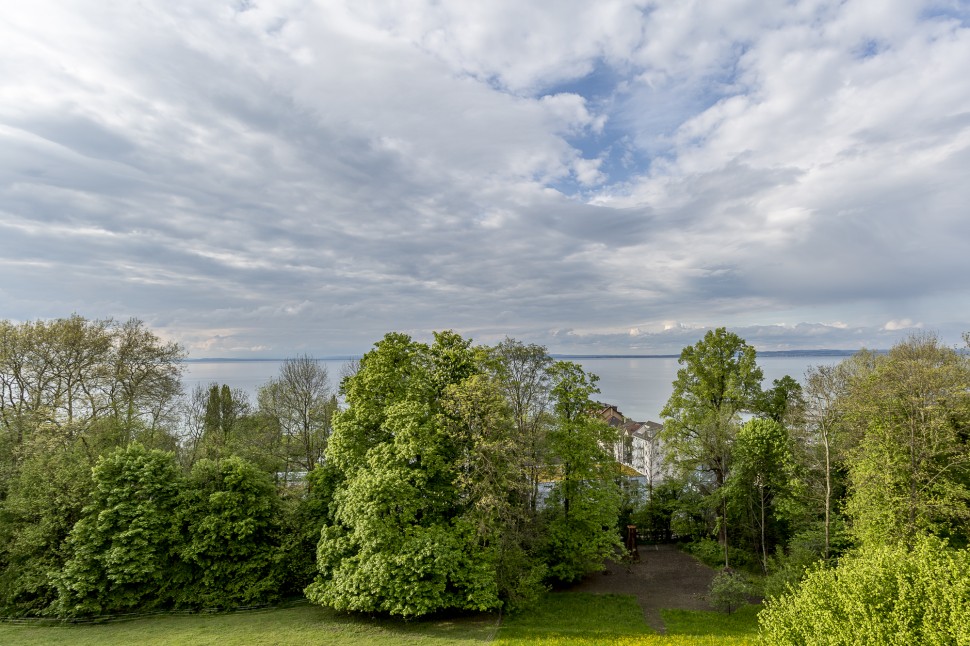
Sustainability and organic production are important components of the philosophy of the Schlosshotel Wartegg. It’s called “the organic castle hotel on Lake Constance”. During the renovation, a lot of emphasis was placed on the use of natural materials. In addition, a large garden was created behind the castle. Here, on an area of around 2,500 m,2 rare herbs, vegetables, berries and flowers grow. This is also Sandro Zimmermann’s realm. We meet the chef himself cutting fresh herbs. What thrives here is used directly in the restaurant.
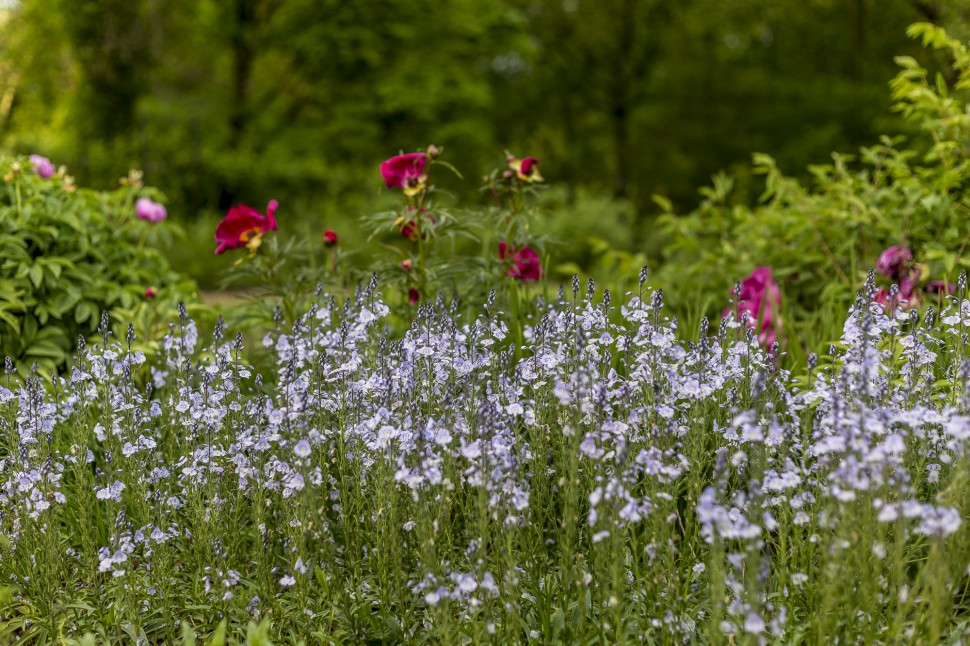
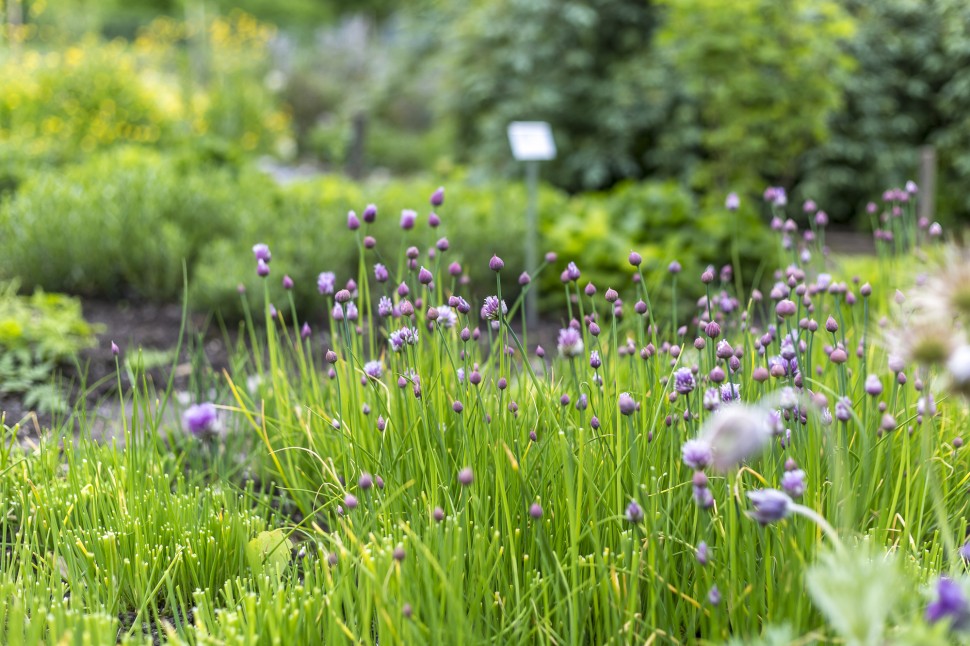
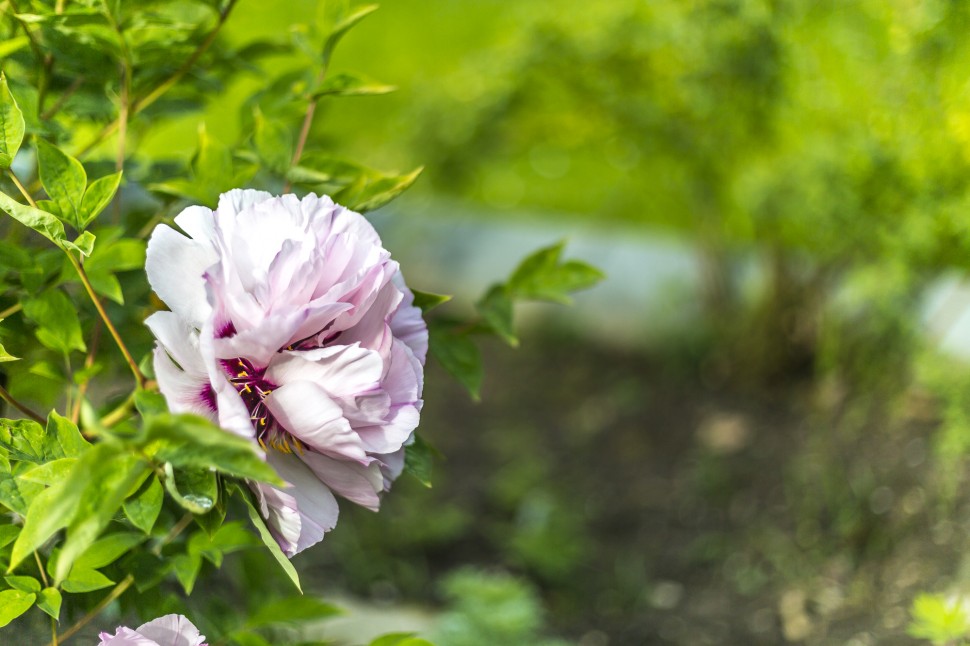
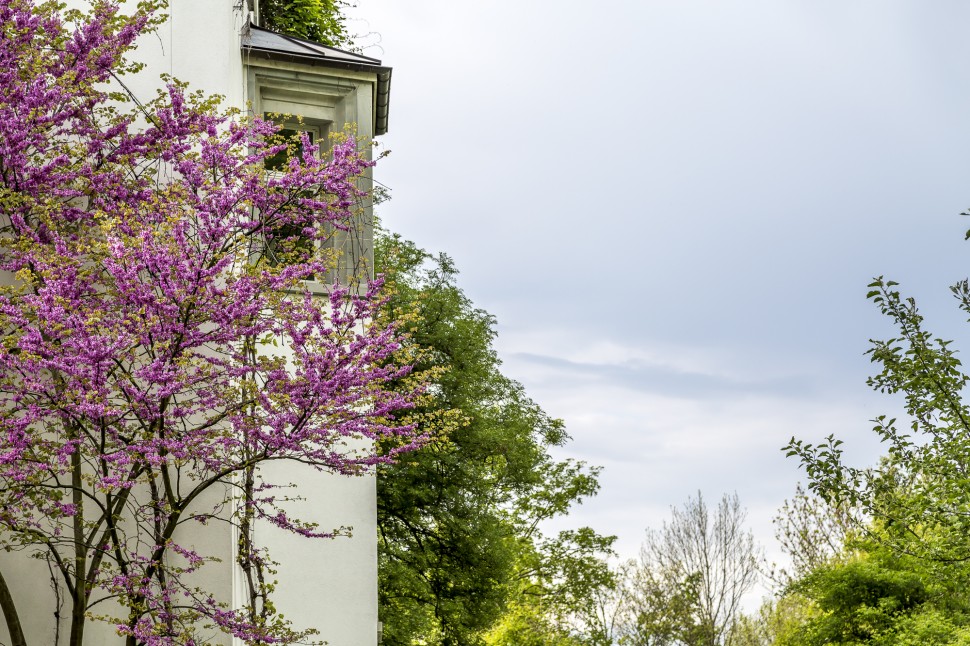
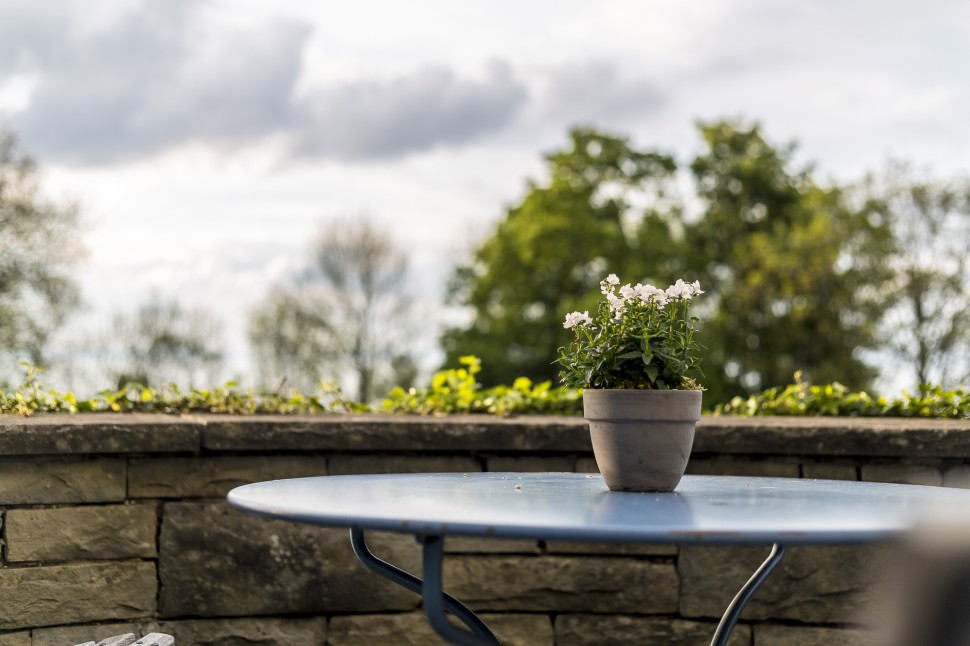
Slow Food at the Schlosshotel Wartegg
Our stomachs are now slowly growling. It would also be a shame if we weren’t hungry. Unfortunately, it is still a bit too cool for the beautiful terrace with a view of the park. The menu includes a striking number of vegetarian and vegan dishes. It should also be noted that all products are organic or biodynamic.
I start with the “Fourteen” – consisting of leaves, Jerusalem artichoke puree, sweet potato and celery chips (12 CHF). Sounds healthy, tastes delicious, fits! The following duet of Angus beef (42 CHF) is beautifully presented and is a real treat for the palate. Finally, I can’t resist the tempting-sounding rhubarb tartlets with sour cream sorbet (11.50 CHF). Luckily!
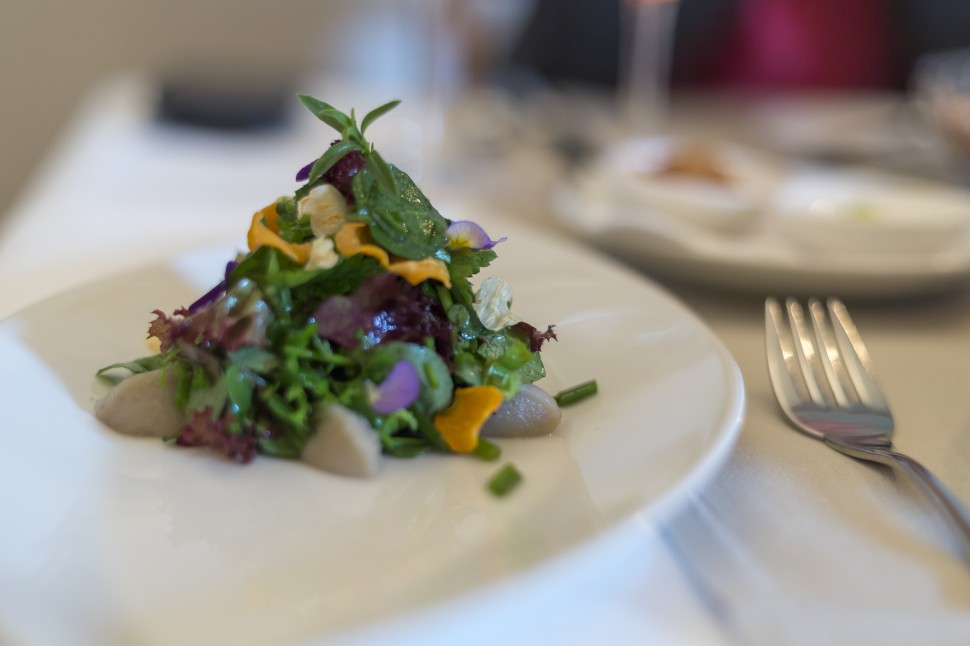
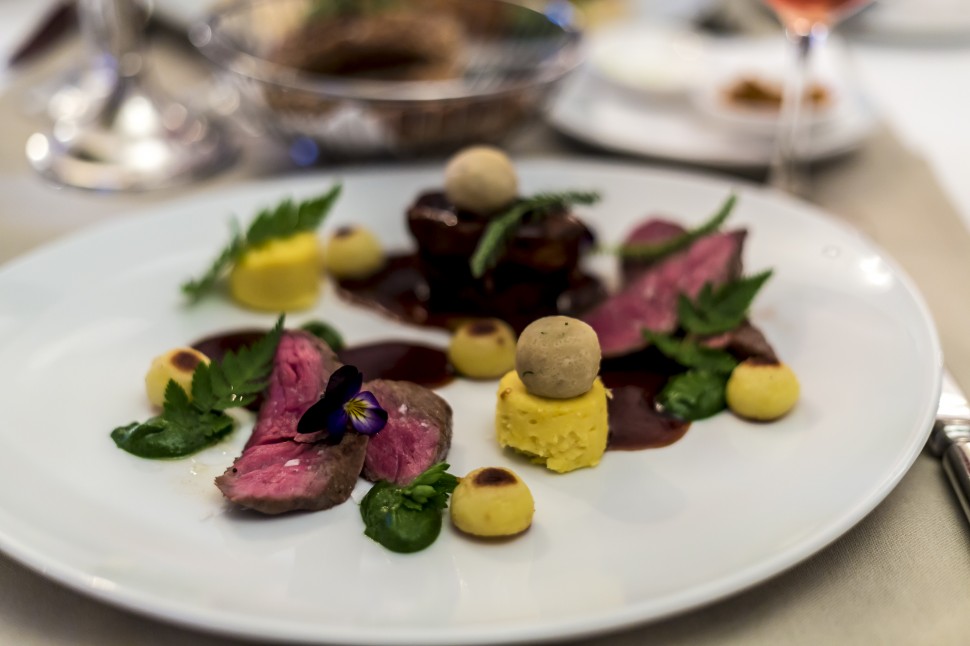
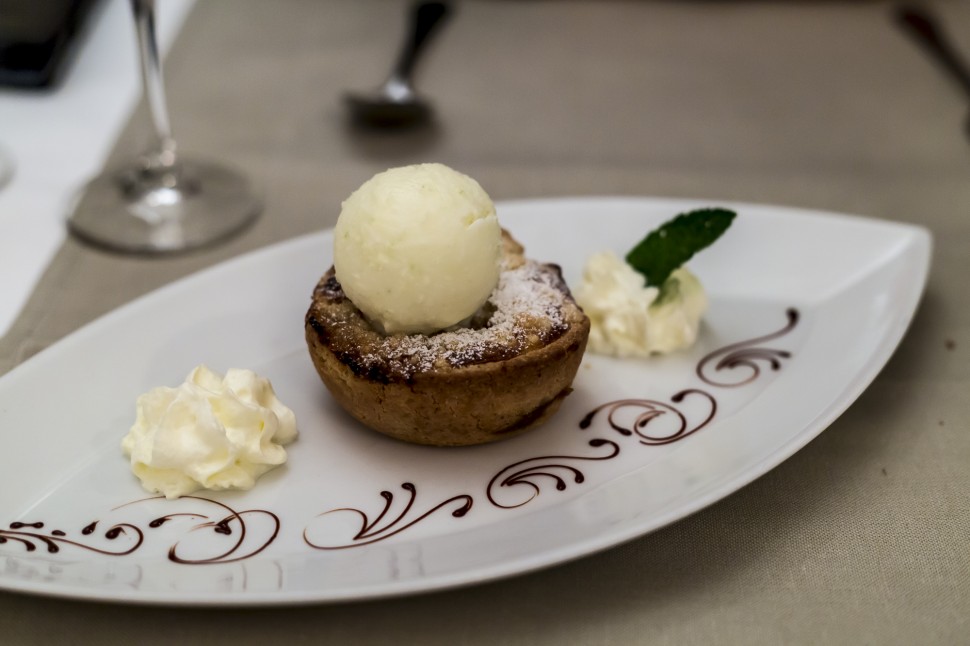
After dinner, we visit a special gem that is modestly hidden behind a simple wooden door. This is where the Turkish Bath, built in 1928, is located, with an unobstructed view of the park’s giant trees. The bathroom is available to hotel guests in the morning. It can also be rented exclusively.
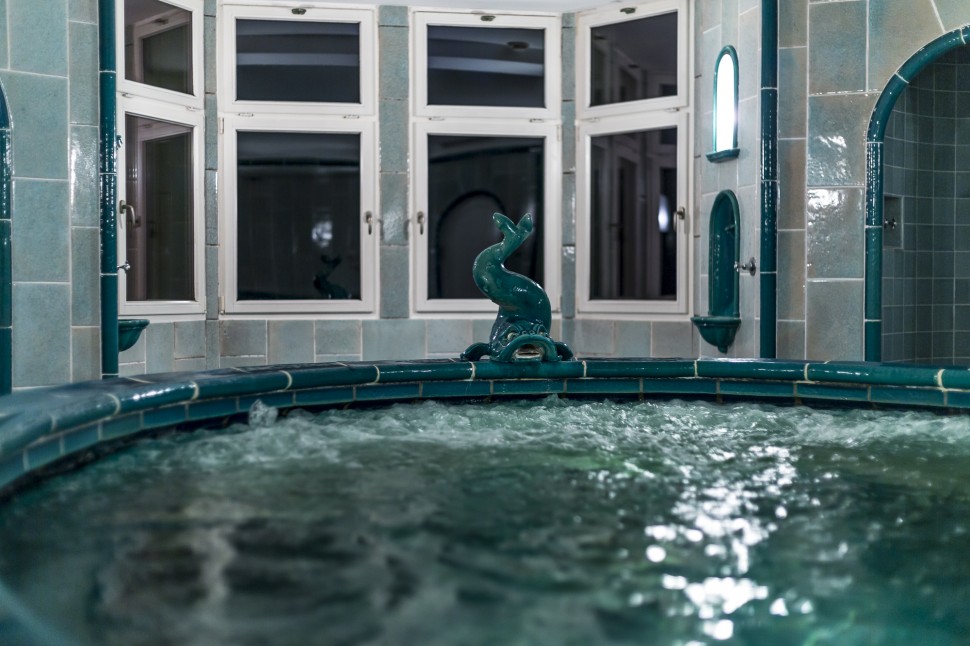
And then it’s bedtime for us. After all, we have to be fit the next day for the second stage of the journey through time. And where better to sleep than on a gently bedded bed in a palace where the Empress has already spent the night?
Information and tips about the Bio-Schlosshotel Wartegg
- First Swiss Historic Hotel in Eastern Switzerland
- Double room high season from 265 CHF/night
- Numerous cultural events take place in the castle hotel
- from Staad train station can be reached on foot in 7 minutes
- Nearby excursion destination: Markthalle Altenrhein, an architectural project by Hundertwasser
Note: My journey through time was supported by Switzerland Tourism and Swiss Historic Hotels. As always, my readers can be sure that I always represent my views and enthusiasm.


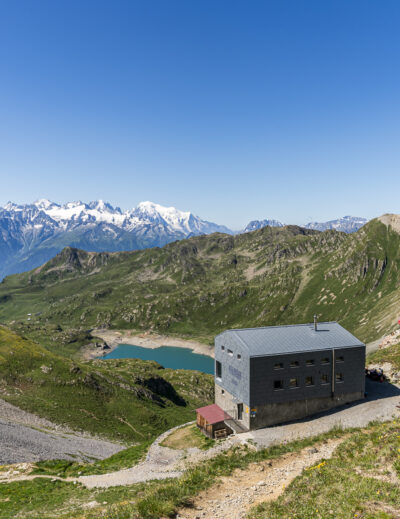
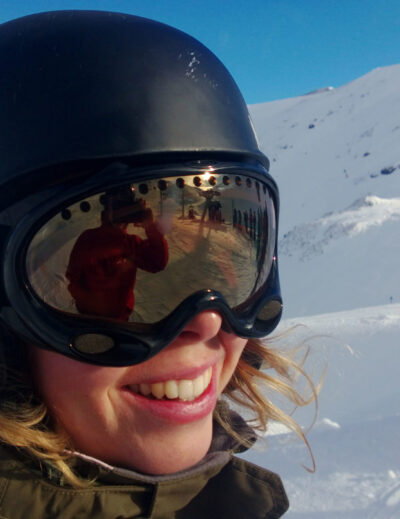
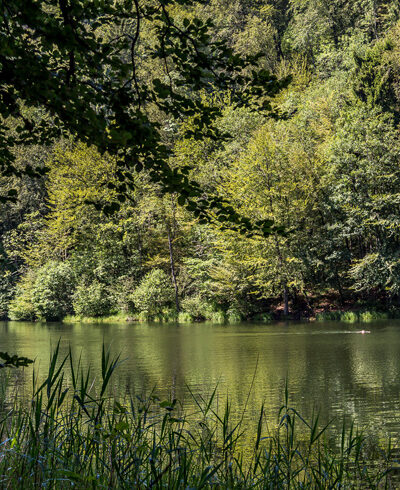
Leave a Reply